Occasionally I visit sanctuaries to watch and photograph wild birds as well as residents.
Barn Owl
1/500, f/5.6, ISO 3200
The Barn Owl, above, was peering towards me from the darkness. The image was taken at Healesville Sanctuary where raptors are rescued orphans or injured birds, or may have been bred in captivity for educational or breeding purposes.
House Sparrow
1/1250, f/6.3, ISO 1600
This House Sparrow and a few of his friends had broken into one of the aviaries at Serendip Sanctuary. Small bush birds often take advantage of the regular supply of food and water provided to the resident birds.
Brolga
1/1000, f/5.6, ISO 1600
The Brolga above was preening so quickly that catching an image wasn’t easy. Its neck is crazily supple and I like the peek-through pose.
Bush Stone-curlew
1/400, f/5.6, ISO 3200
Bush Stone-curlews are one of the few species that can be photographed using a slow shutter speed. The first time I saw one of these beautiful birds I was in Queensland, where I stretched out on the damp grass and marvelled that the bird just stared at me and made no attempt to leave. An image from that day has been used as part of the front cover of a novel; I haven’t seen a copy yet but would like to read it.
Superb Fairy-wren
1/640, f/5.6, ISP 1600
Superb Fairy-wrens, like this female, are among the species that can break into aviaries. Images showing birds with a mealworm also show that the bird is not eating ‘natural’ food.
Galah
1/2000, f/9.0, ISO 800
There are often wild Galahs enjoying themselves at Healesville. Galahs are stunningly beautiful birds with exquisitely coloured feathers.
Nankeen Kestrel
1/2000, f/5.6, ISO1600
Kestrels are part of the free flight demonstration at Healesville. Many of the birds in such programs cannot be safely returned to the wild due to inappropriate identification with humans or factors relating to previous injuries. As much as it saddens me to see birds in aviaries it’s good that sanctuaries are increasing the size of their aviaries so that the birds have plenty room to fly and to hide. The educational aspect of captive birds can be profound and will hopefully encourage more people to protect birds and their habitat.
Australasian Swamphen, previously known as Purple Swamphen
1/1000, f/5.6, ISO 1600
A hungry family of wild swamphens were being fed beside the edge of a creek. The adult bird’s foot can just be seen at the left of the image, it looks almost as big as the chick!
Emu
1/500, f/6.3, ISO 400
Emus are striking looking birds with a very direct stare.
Buff-banded Rail
1/400, f/5.6, ISO 1600
Buff-banded Rail can be quite elusive as they like to hide among reeds at the water’s edge. Alternatively they can become bizarrely tame.
Some sanctuaries, such as the massive Australian Wildlife Conservancy sanctuary at Scotia are more difficult to visit. I had that pleasure a while back, some of my images can be seen by clicking Malleefowl at Scotia
Happy birding
Kim
~ thank you for visiting and commenting
~ use the ‘subscribe’ box above right if you would like to join the subscribers receiving a weekly email when lirralirra is updated




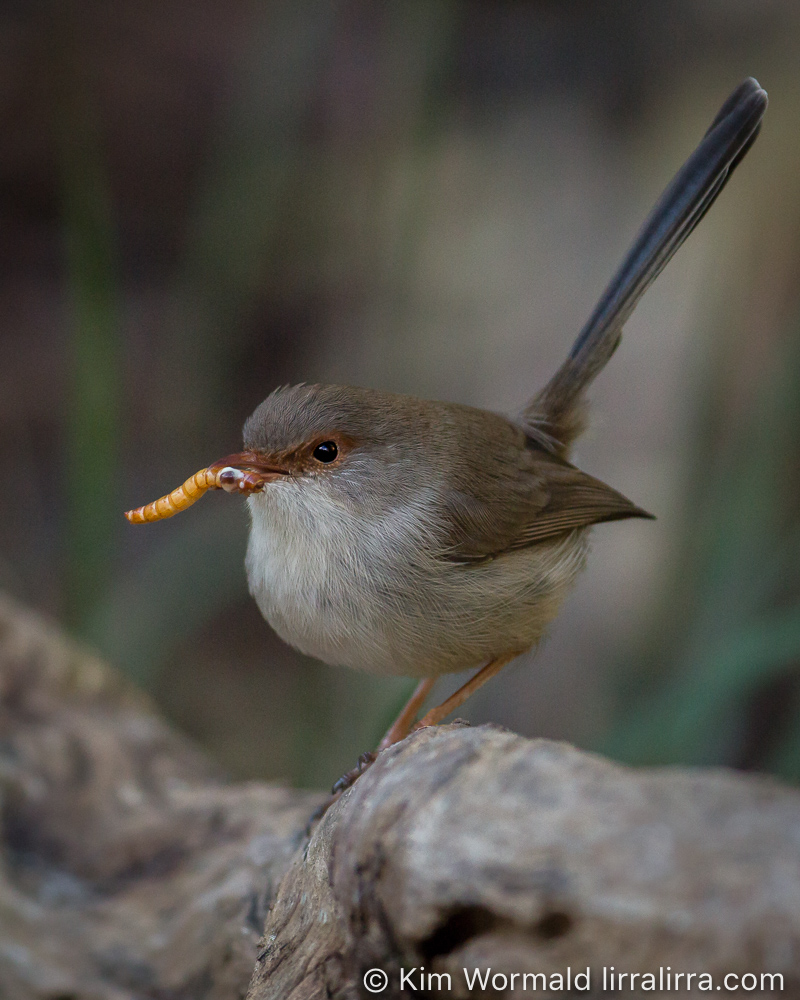
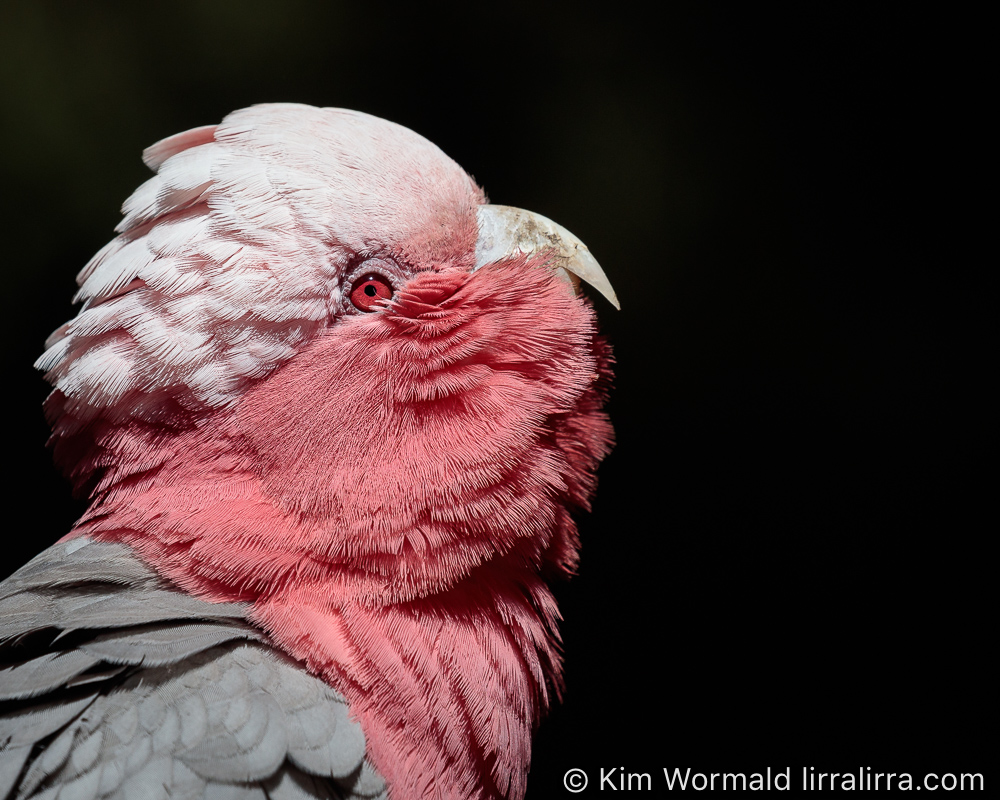
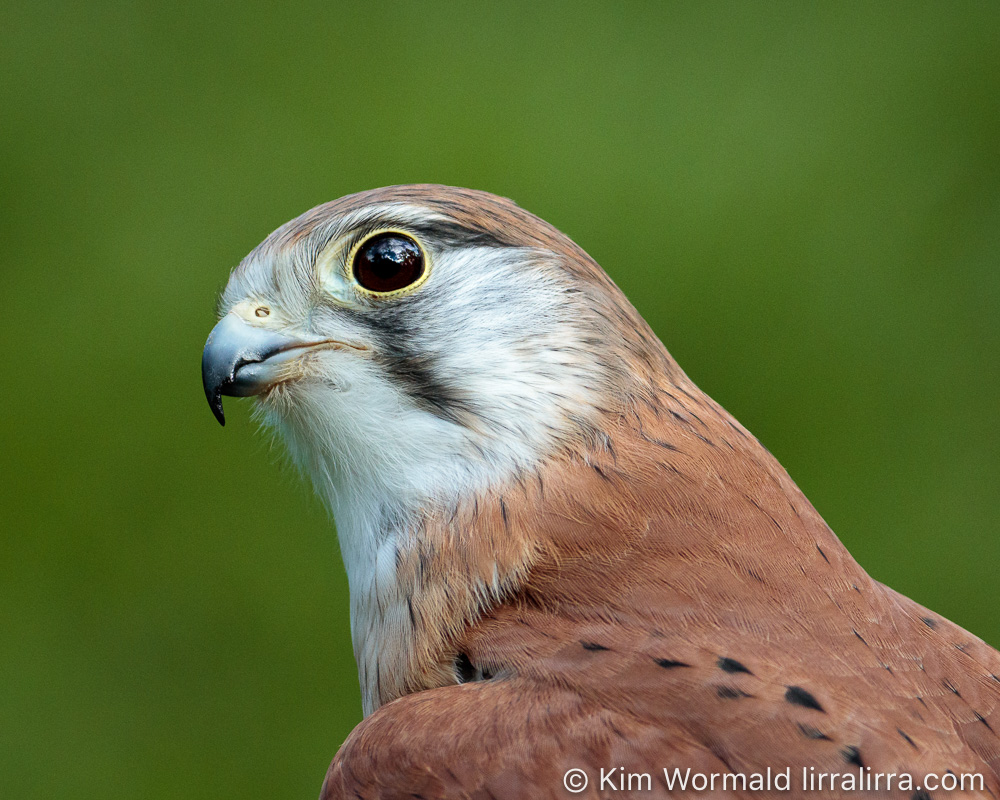
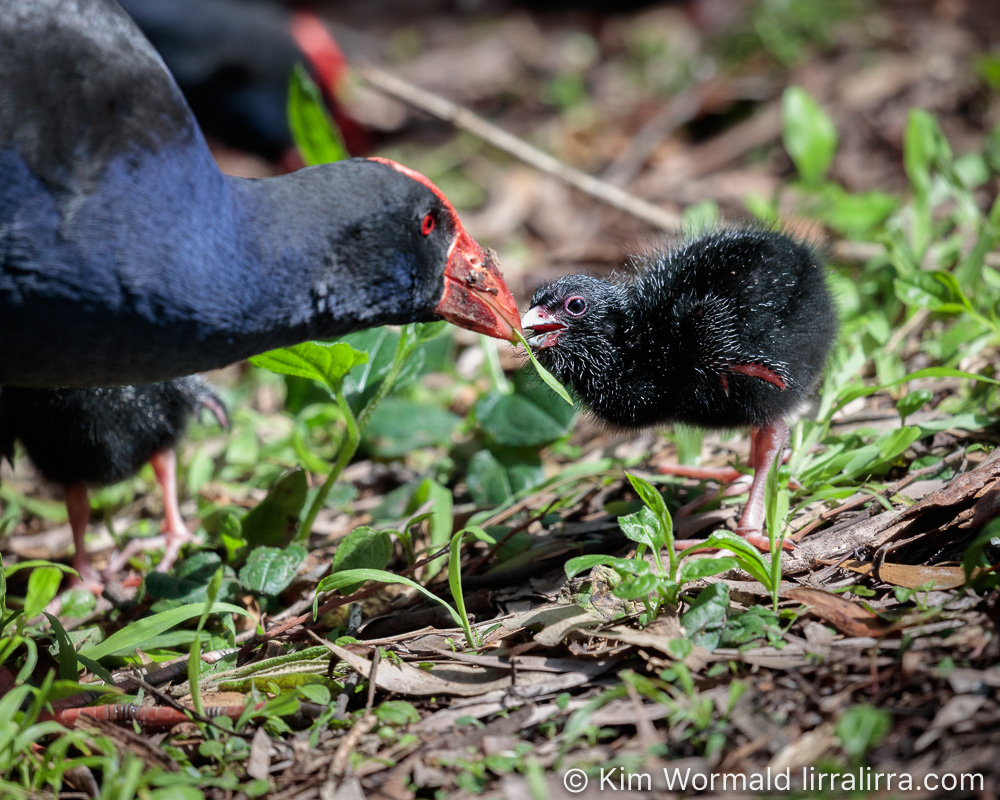
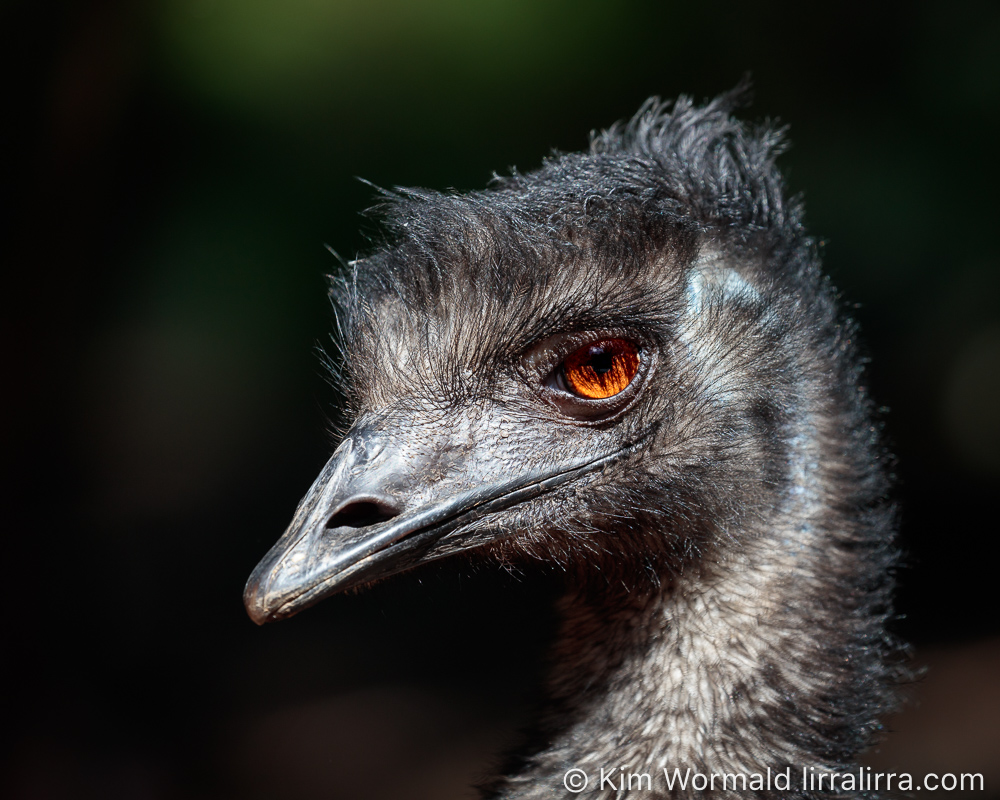
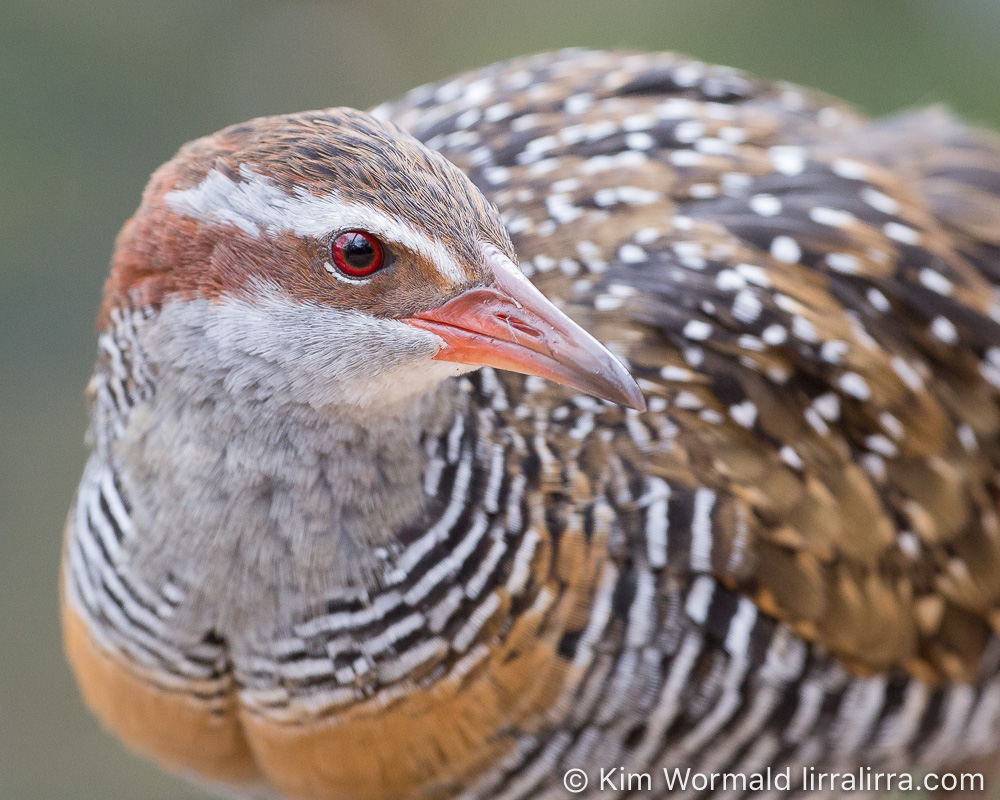

Wonderful images Kim.
Thank you Neil, it’s not often that a message pops in when I’m working on a new post 🙂
Kim, thanks so much for sharing your unique photos and for your interesting commentary. Enjoy the beauty of your photos.
Thank you Marg. Your kind comment arrived as I’m working on the next post, which is about a bird behaviour that I’ve not been aware of before. I hope you find it as interesting as I do.
Fabulous photos …..they are all real gems !
Thank you Catarina, I’m glad you like the little gems, and the bigger gems too I guess 🙂
Wonderful pictures! I love how expressive many of the birds are. The bush stone curlew looks very withering. The barn owl is certainly a favourite and the brolga photo is quite remarkable!
Thank you Alyssa. I scrolled back to re-look at the images with your comments in mind, they really do have expressive faces. It’s definitely time to anthropomorphise more rather than less.
An amazing collection of photos. Barn Owl – awesome; I could gaze at it for hours.
Brolga – what a unique photograph! Is it competition material?
Nankeen Kestrel – I love the ‘wistful’ look.Probably a strange word to use for a bird, but that’s how it strikes me.
I remember your comments about other owl images I’ve taken, I think you must especially like owls. I have had some international success with the brolga. And now you’ve got me wondering what the kestrel is thinking about!
Great photos Kim. Top notch.
Thank you Malcolm 🙂
Ooooh. And ahhhh.
Thank you, thank you, thank you.
Love that the opportunist birds also benefit from the Sanctuary.
I’m always happiest for the opportunistic birds, they have the best of both worlds
Fantastic photos! Thank you.
Thank you Meredith, there are so many stunning species around us